“Architecture is a game of light, shadow, and volume.”
Le Corbusier, architect
This quote captures the role of lighting in interior design. Stepping into a carefully lit space, one immediately feels a sense of well-being and welcome. Every architectural and decorative detail is brought to life, creating an atmosphere that beckons you to stay and enjoy the space. In interior design, lighting is not just an accessory but the protagonist that defines and transforms rooms, making them warm and inviting.
Over the years, lighting trends in interior design have evolved, but some are so effective and successful that they become timeless. In this article, we will explore the lasting trends in lighting, analyze how they can be applied to create unique spaces and discover the reasons why they are essential choices in interior design.


The role of lighting in interior design is undeniable and transcends the mere functionality of illuminating a space. It is a powerful tool that influences how we perceive areas, shapes the atmosphere, and even impacts our mood and well-being.
Well-planned lighting can transform a space, giving it different ambiances depending on the need.
In a residential space, for example, lighting can create a welcoming atmosphere in the living room or lobby, functional lighting in the kitchen, or a relaxing area in the bedroom. In commercial spaces, lighting can attract customers and highlight products; in offices, it can enhance productivity and visual comfort.
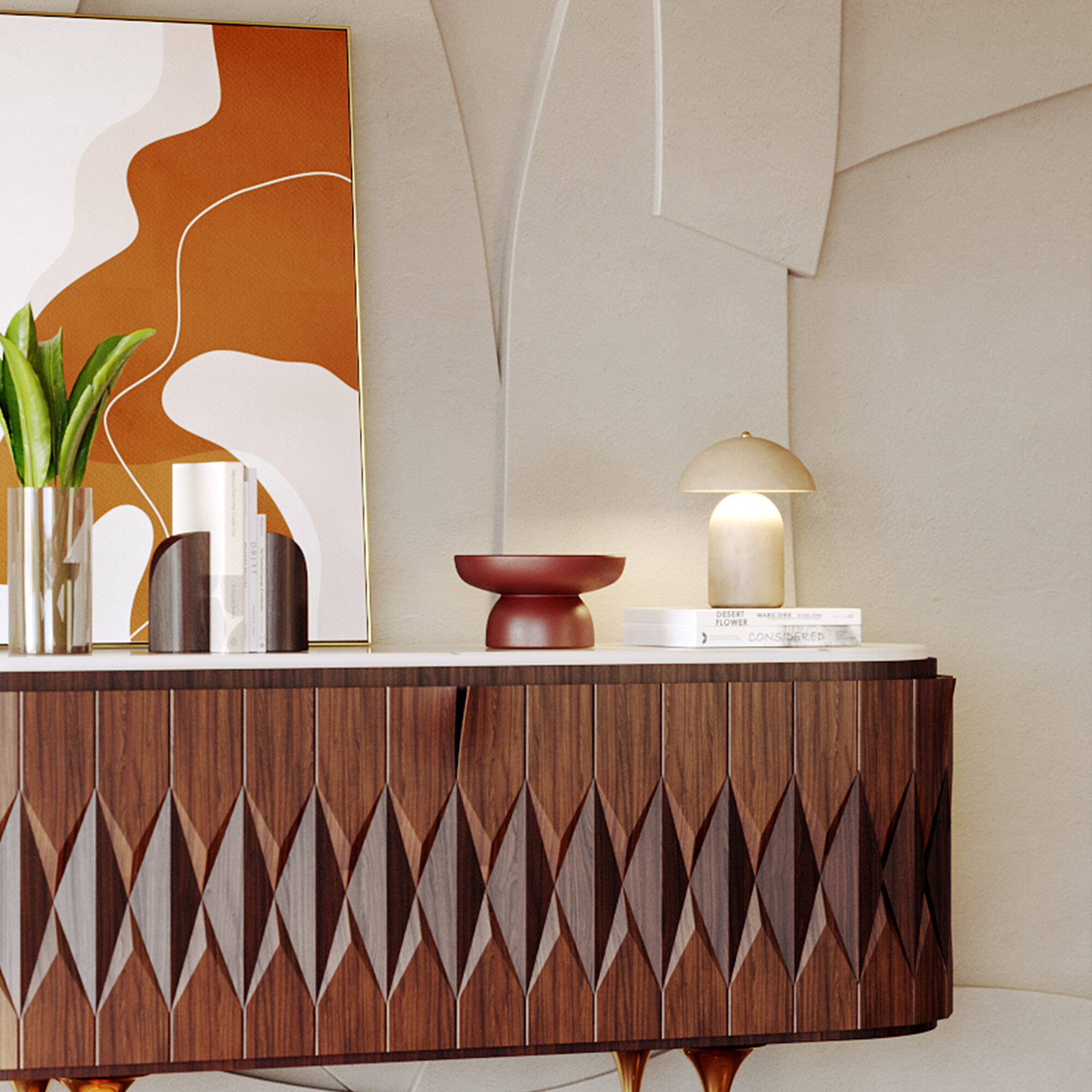
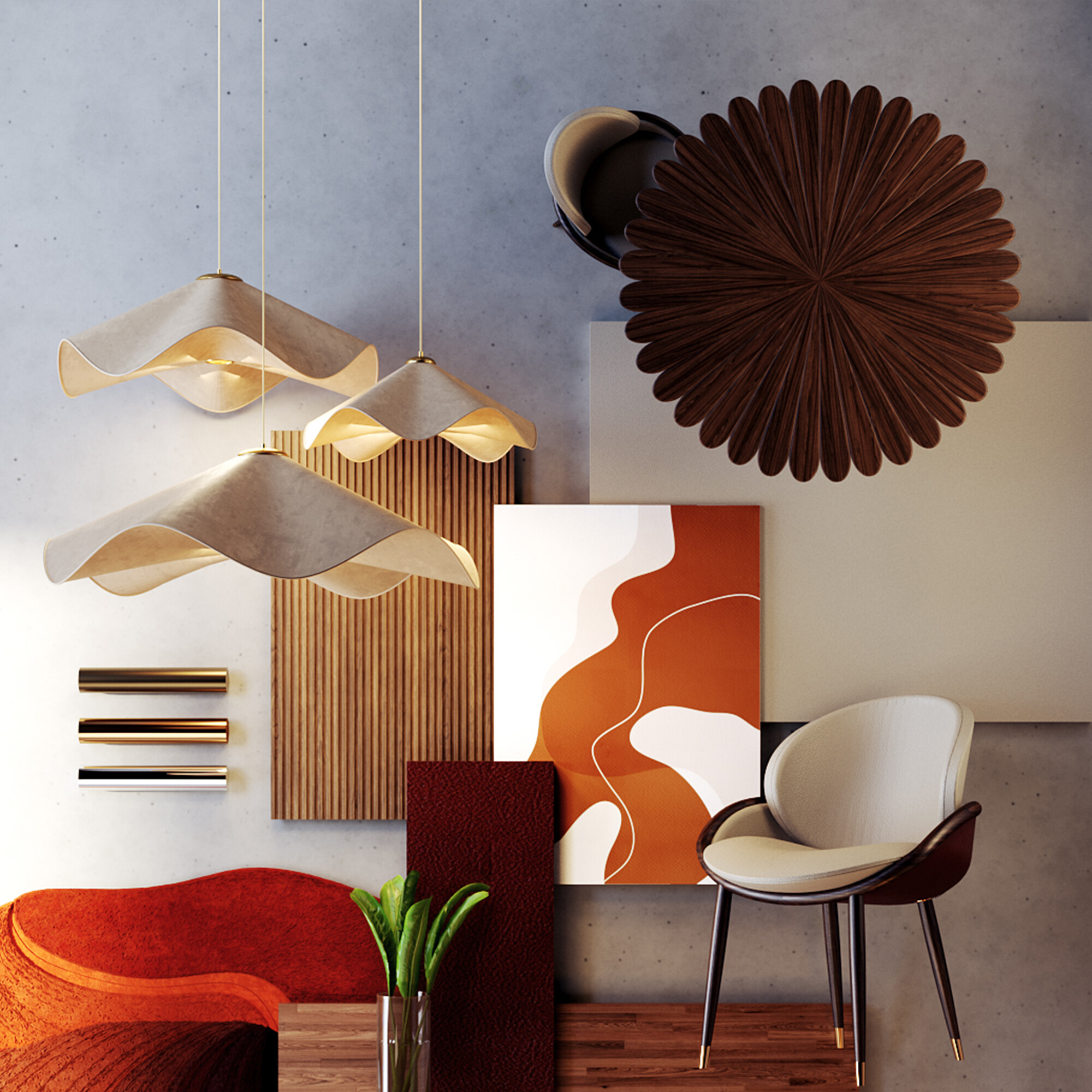
Light can enhance textures, colours, and shapes, highlighting architectural details or decorative pieces that might otherwise go unnoticed. A well-executed lighting design can make elements such as textured walls, furniture, sophisticated textiles, or artwork focal points in a space.
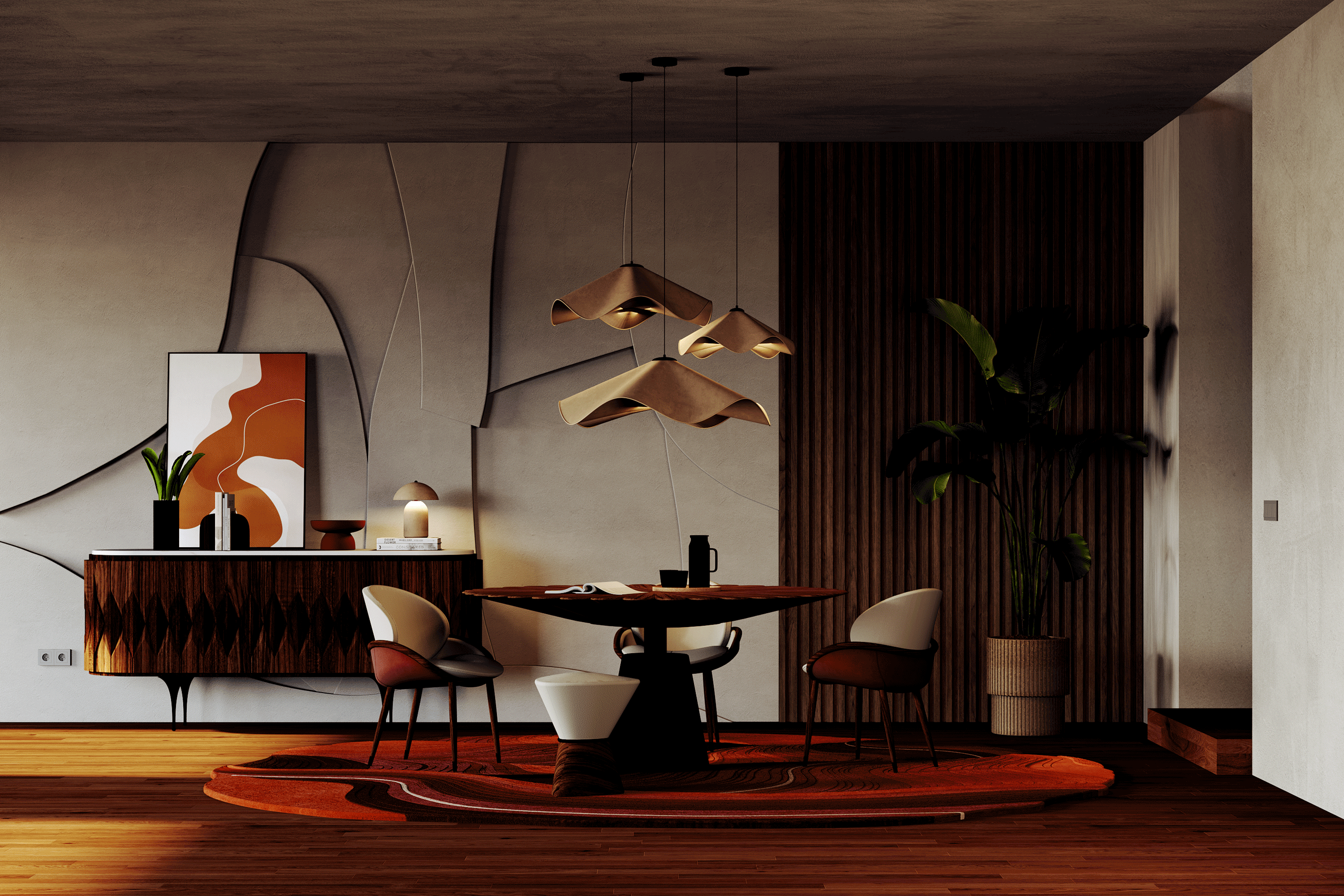
The quality of lighting has a direct impact on our well-being. Inadequate lighting can cause eye strain and headaches and even affect our circadian rhythm. On the other hand, well-designed lighting, which considers factors such as intensity or colour temperature, can improve concentration, mood, and sleep quality.
By understanding the importance of lighting in interior design, we can see how every decision, from the choice of lamps to their arrangement, contributes to creating more pleasant, functional, and aesthetically pleasing spaces that combine style and functionality.
Understanding the different types of lighting is crucial in interior design, empowering you to create balanced and functional areas. Lighting can be categorized into three main types: general lighting, task lighting, and accent lighting. Each type plays a specific role and contributes to the composition of a harmonious space.
General or ambient lighting is a space's primary light source. Its purpose is to provide uniform and sufficient lighting so that daily activities can be carried out safely and comfortably.
This includes:
Ceiling lights: chandeliers or suspended lamps that illuminate large areas
Recessed spotlights: lamps built into the ceiling, ideal for spaces with a minimalist design
LED panels: modern solutions that provide ample and efficient lighting
Task lighting is focused and more intense, designed to illuminate specific areas where detailed activities such as reading, cooking, or even working are performed.
Task lighting includes table and reading lamps, typically adjustable to provide focused light. It also includes kitchen lights, such as under-cabinet lights that illuminate countertops and food preparation areas, and mirror lights, normally installed around bathroom mirrors to make certain routines easier.
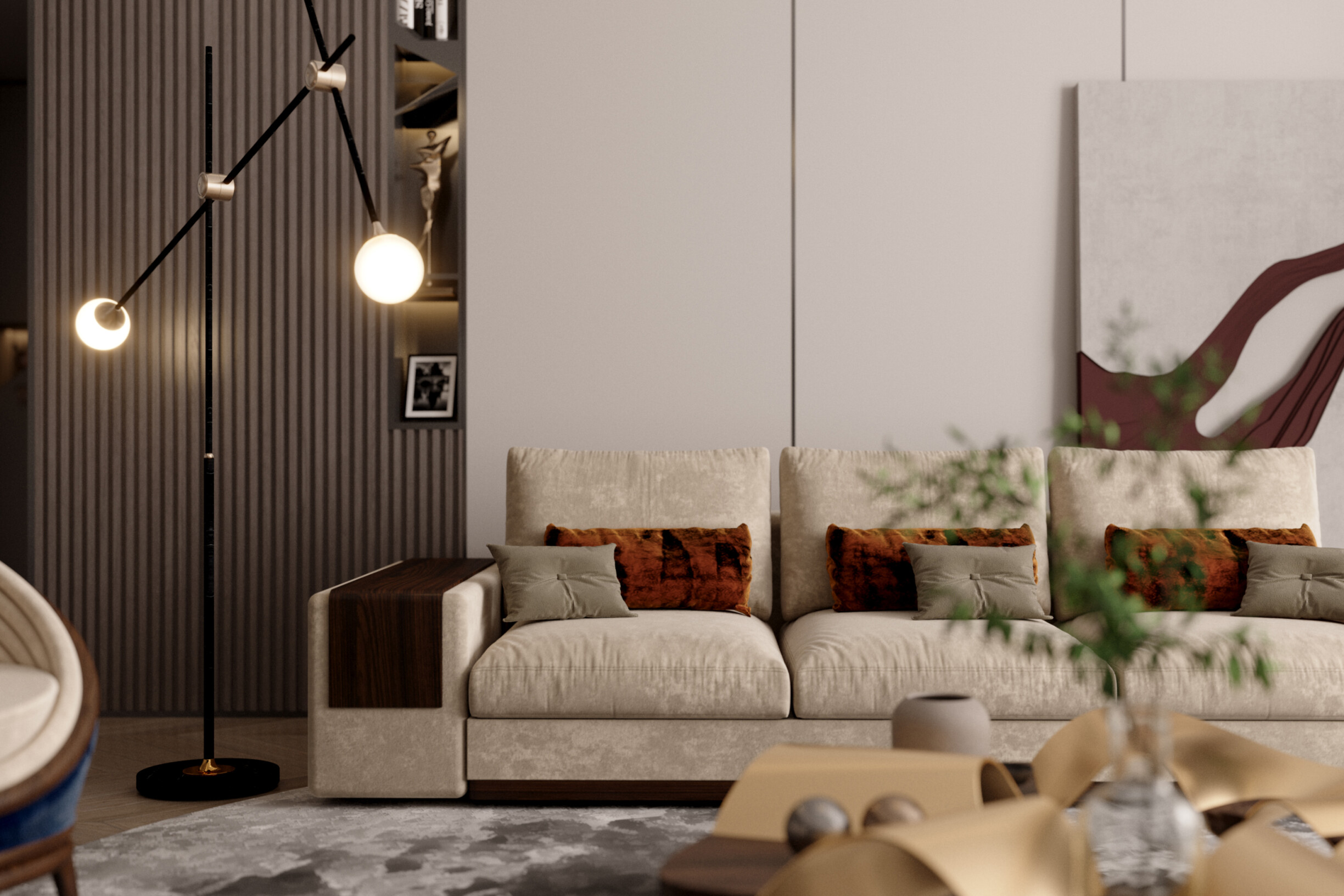
Accent lighting is intended to draw attention to specific elements of interior design, such as artwork, architectural details, furniture, or decorative pieces.
Can be used:
Plinth lights highlight architecture and provide subtle illumination
Recessed lights in bookshelves
Directional spotlights to illuminate paintings, sculptures, or textured walls

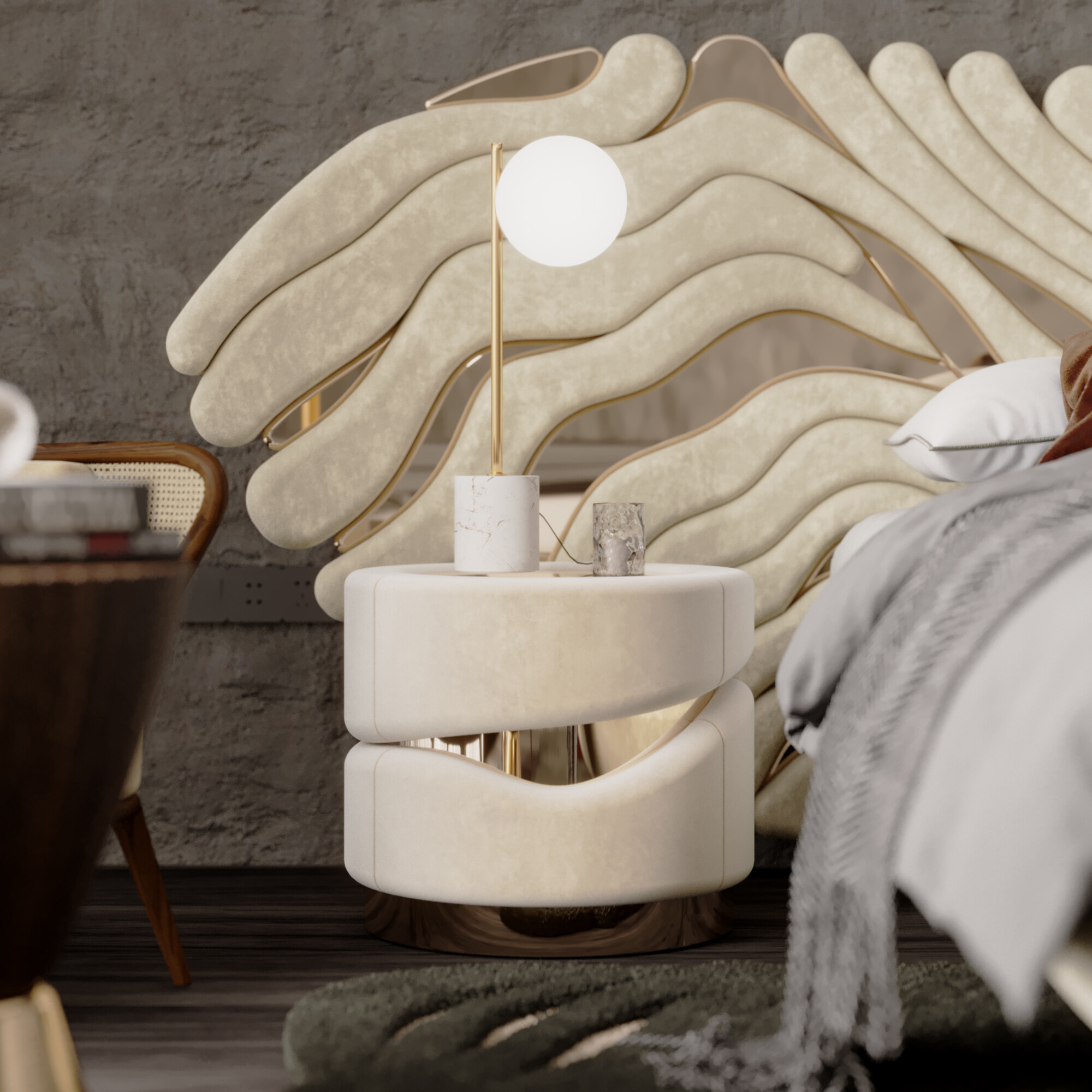
To create well-lit and aesthetically pleasing spaces, you must understand two concepts associated with lighting techniques: direct and indirect. Each method has unique characteristics that can completely transform a space.
Direct lighting refers to light projected directly from a source to a specific point. This type of lighting is ideal for tasks that require precise, focused light. Precision and clarity are the main advantages of direct lighting, which can be adjusted to meet the specific needs of each space and user.
Ceiling lights, table and reading lamps, and recessed and directional spotlights are practical examples of direct lighting. This type of lighting works best in work areas such as kitchens or home offices.
Indirect lighting involves light reflected off surfaces, such as walls or ceilings, before illuminating the space. This type of lighting creates a soft, diffused area without strong shadows, providing a more comfortable and relaxing atmosphere. Therefore, this type of lighting is preferred in living rooms and bedrooms.
LED strips installed behind furniture, mirrors or in moldings, wall lights that project light upwards or downwards, and cove lighting are just a few examples.
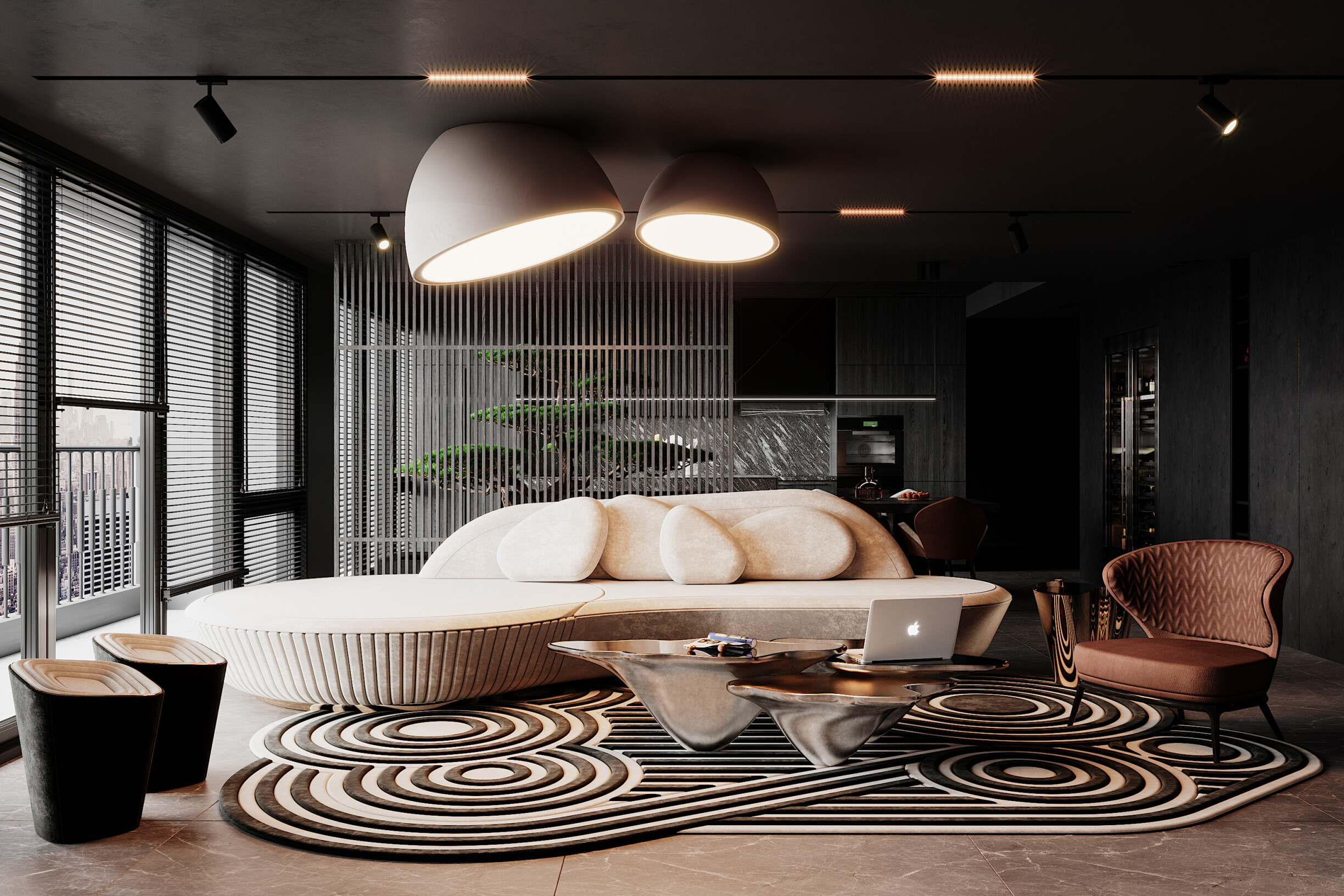
The lighting world is constantly evolving, but some trends stand out for their ability to become timeless, influencing interior design in a lasting way.
1. LED lamps and energy efficiency
LED bulbs have revolutionized lighting by offering a more efficient and long-lasting alternative to traditional bulbs. With a much longer lifespan and significantly reduced energy consumption, LEDs are a sustainable choice that provides design flexibility.
LEDs can be adapted to any design style and are available in various shapes and colour temperatures. In addition, many LED lighting systems are compatible with automation technologies, allowing remote control and programming of lighting scenarios.
2. Smart lighting
Smart lighting allows you to adjust light intensity, color, and temperature using mobile devices or voice commands. This trend demonstrates how technology is revolutionizing interior design, adding convenience and allowing for unprecedented personalization of spaces.
The best way to integrate smart lighting into interior design projects is through app-controlled lighting systems, which allow users to create different lighting scenes for different times of the day, or through motion and light sensors, which automatically adjust lighting according to the presence of people or the natural light of the room.
3. Sculptural lamps and contemporary design
Sculptural lamps are increasingly seen as pieces of art that add aesthetic value to a space. Their bold shapes and innovative materials make them valid focal points that attract attention.

4. Creative use of natural light
Natural light continues to be one of interior design's most valued lighting sources. Designing spaces that maximize the amount of natural light improves not only aesthetics but also the well-being of your clients. How do you do this?
Large windows and skylights that allow plenty of natural light to enter
Mirrors and reflective surfaces help disperse natural light throughout the space.
5. A mix of styles and materials
Mixing different styles and materials in lighting is a trend that brings originality and personality to spaces. Combining rustic elements with modern touches or natural materials with industrial finishes results in unique and captivating designs.
For example, try combining wooden and metal lamps or pendant lights with natural fabric lampshades.
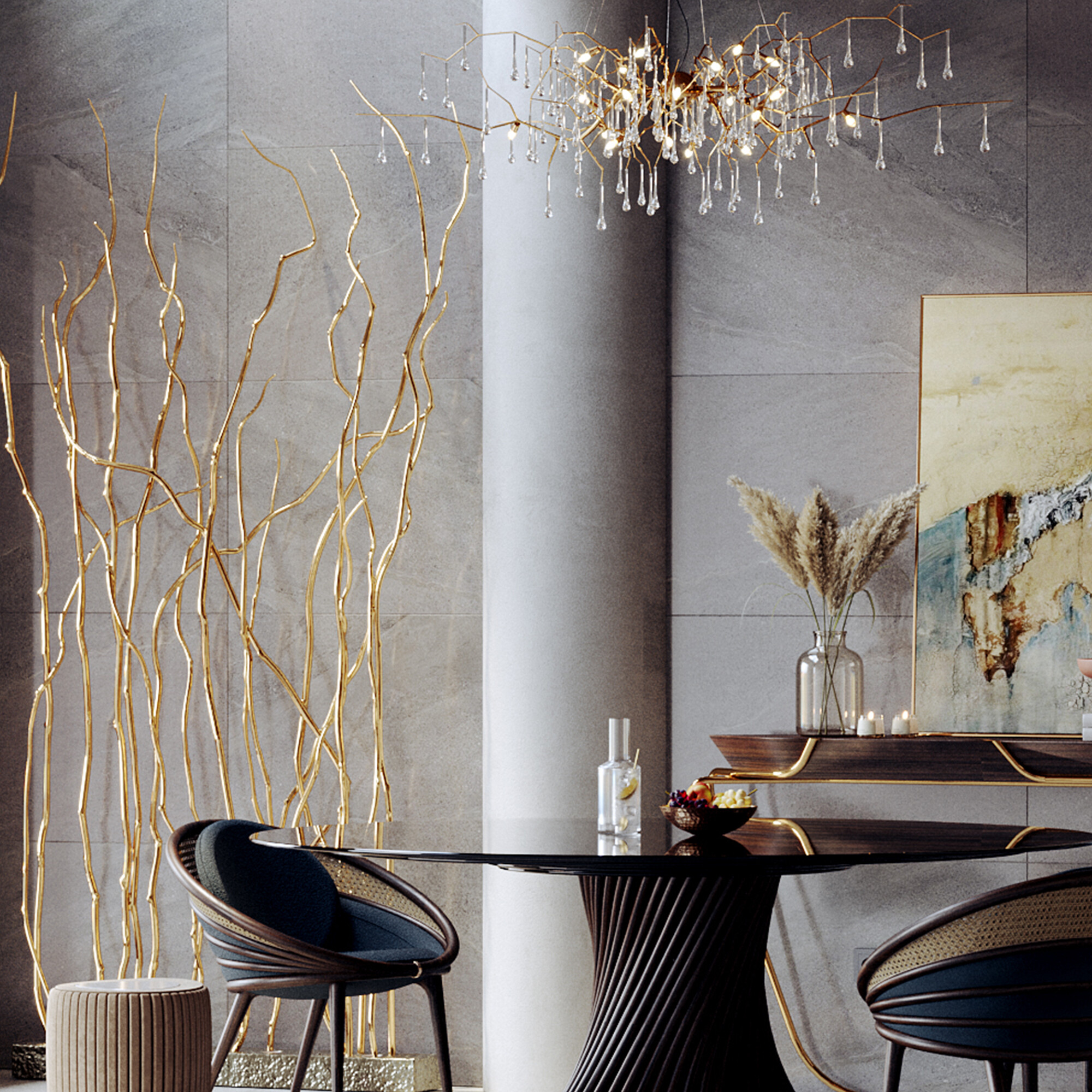

As we explore lighting trends and techniques, it becomes clear that choosing the proper lighting is vital to transforming any space. Lighting isn’t just about functionality; it’s an essential element that sets the mood, highlights details, and contributes to overall well-being.
Did you like this blog article? Stay tuned for more information and curiosities from the universe of architecture, interiors, and construction!
You can also follow us on Instagram, Facebook, and Pinterest for updates and news.